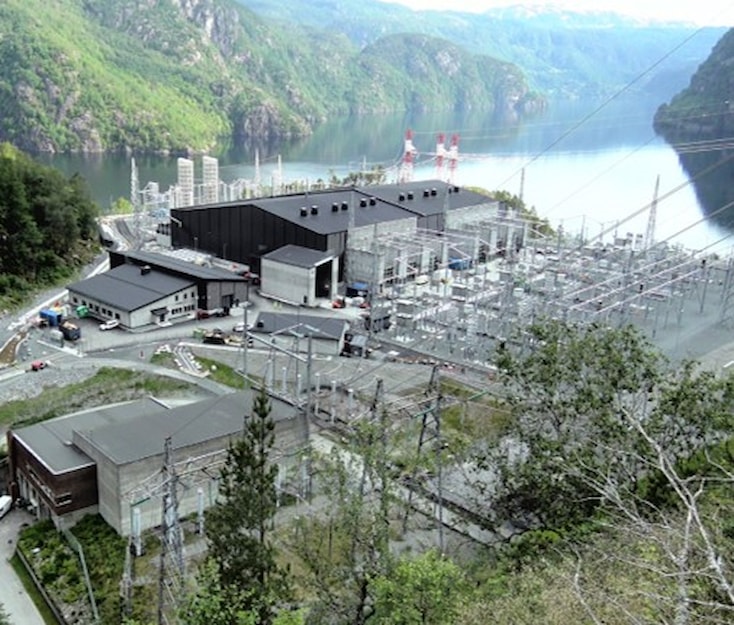- We have tested the electrical systems in the station to determine whether the station and the connections to the Norwegian central grid are functional. This is an important milestone for the North Sea Link Project, and we are really pleased that the test was successful, says Thor Anders Nummedal, Project Director for Statnett’s North Sea Link.
Some corrections had to be made along the way, and new tests were performed until everything was checked and approved. There was set aside four weeks for the work, which then took less time than expected.
- It exceeded all expectations, and we finished two weeks ahead of schedule, Nummedal states.The tests were performed by Hitachi ABB Power Grids, while Statnett were the operations managers.
A challenging year
2020 has been a challenging year in many ways for the North Sea Link Project. The COVID-19 pandemic has created problems, both for cable laying and for installation work in the stations.
- The project team has done a great job to manage the project with COVID-19 restrictions both on land and at sea. It's a huge achievement to deliver the project without any significant delays during the pandemic, and we must credit both our contractors and the project team's proactive and constructive management of the contractors, says Nummedal.
Hitachi ABB Power Grids have completed work on the converter plant in Suldal, and will continue testing of the link in 2021. Construction will continue on the corresponding plant in Blyth on the British side. There, testing is planned to begin in the spring of 2021.
240 kilometres of subsea cables will be laid in 2021
The interconnection between Norway and the UK will be established through two parallel high voltage direct current (HVDC) cables. Each measuring approximately 720 kilometres. The major part of the link will be made of subsea cables with a total 1440 kilometres installed during the project.
Approximately 270 kilometres of subsea cable were laid in 2020, from Hylsfjorden in Suldal, Rogaland and out through the fjords to the North Sea. This work continued throughout the summer months. An additional 240 kilometres of subsea cable will be laid in 2021, before the Norwegian manufactured cables from Nexans are connected to the cables manufactured by Prysmian on the British side. Two thirds of the cable from the British side have been laid since 2018.

